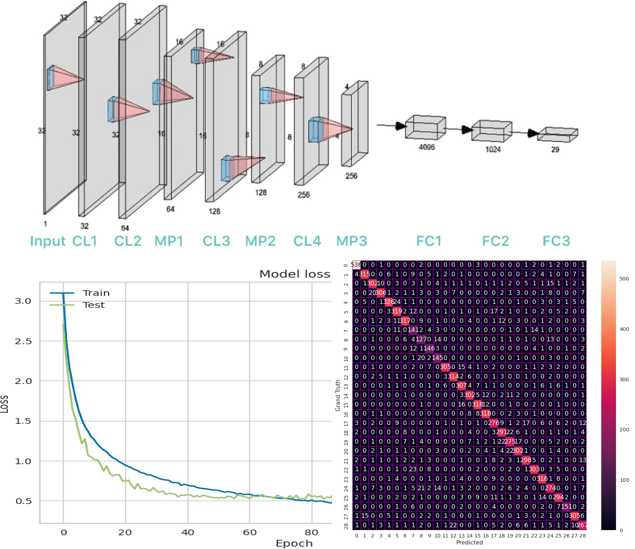Advancing Arabic Handwriting Recognition with Convolutional and Recurrent Neural Network Ensembles
Main Article Content
Abstract
In recent years, Deep learning has shown significant success in English character recognition due to the language's global prevalence. Arab researchers are adapting modern English language processing advancements to Arabic, Urdu, and Pashto to align with global trends. Applying machine learning and deep learning to Arabic and similar languages presents challenges, with researchers striving to match English language recognition results. Therefore, in this research, the most popular methods, techniques, and technologies in deep learning, such as CNN, LSTM, Bi-LSTM, GRU, and Bi-GRU were used to create new models to enhance performance when applied and tested on Arabic language datasets: AHCD, and Hijjaa. Subsequently, a comparison was made between the results obtained from these different techniques using performance measurement methods such as Precision, Recall, F1-Score, and Accuracy. The comparison revealed that Bi-GRU achieved the highest performance in the AHCD dataset with an accuracy rate of 95.7%, while CNN achieved the highest performance in the Hijjaa dataset with an accuracy rate of 86.3 %.
Downloads
Article Details

This work is licensed under a Creative Commons Attribution 4.0 International License.





